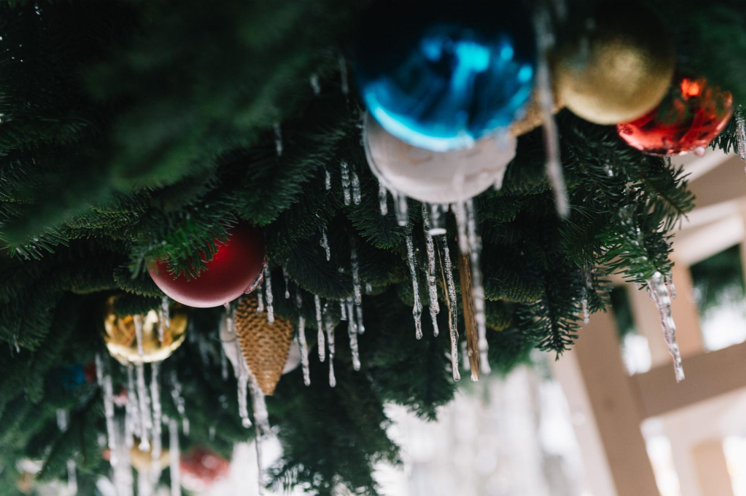The Buzz Around Artificial Christmas Trees: A Look at the Impact on Honeybees
Are artificial Christmas trees harming honeybees?
Artificial Christmas trees have grown in recent years due to their ease, affordability, and durability. However, with the increasing concern for our environmental impact, many have questioned the sustainability of using artificial trees over real trees. In addition, a lesser-known factor is at play: how do artificial trees affect honeybees?
Honeybees are essential to our ecosystem as they pollinate crops and plants and produce honey for us. However, making artificial trees involves synthetic materials like plastic and petroleum-based products, which raises the question of whether the production process harms the honeybees and their environment.
While many of us are aware of the negative impacts of pesticides and habitat loss on honeybees, few know about the devastating effect of these artificial materials on the honeybee population. The production of fake trees involves using synthetic materials that release chemicals into the air and water supply, which can negatively impact the honeybee population and their ability to produce honey.
The eco-friendliness of artificial Christmas trees
However, the problem doesn’t end there because the production of these materials often utilizes petroleum and carbon-emitting factories, leading to the taste and scent of artificial trees and technology becoming threatening to the bees. These artificial trees also require light and heat, which can attract pests and other insects. These pests and insects can harm the bees or their hives, further threatening the honeybee population, highlighting a concerning connection between artificial Christmas trees and the loss of honeybees.
On the bright side, many manufacturers have noted these concerns and tried to create more eco-friendly artificial trees using recycled materials. However, it is still essential to consider the longevity of these trees and whether they will end up in landfills or contribute to plastic pollution. In the long run, choosing an organic real tree or a recycling program that uses these trees to create the mulch and compost needed for plant growth may be wiser.
In conclusion, artificial Christmas trees must be critically assessed for their potential impact on honeybees, their environment, and our health. As consumers, we must understand the significance of our purchasing decisions and choose eco-friendly alternatives. Remember, there is a connection between honeybees and our holiday celebrations, so let’s ensure that our festivities and decorative needs do not significantly impact these tiny winged creatures.
